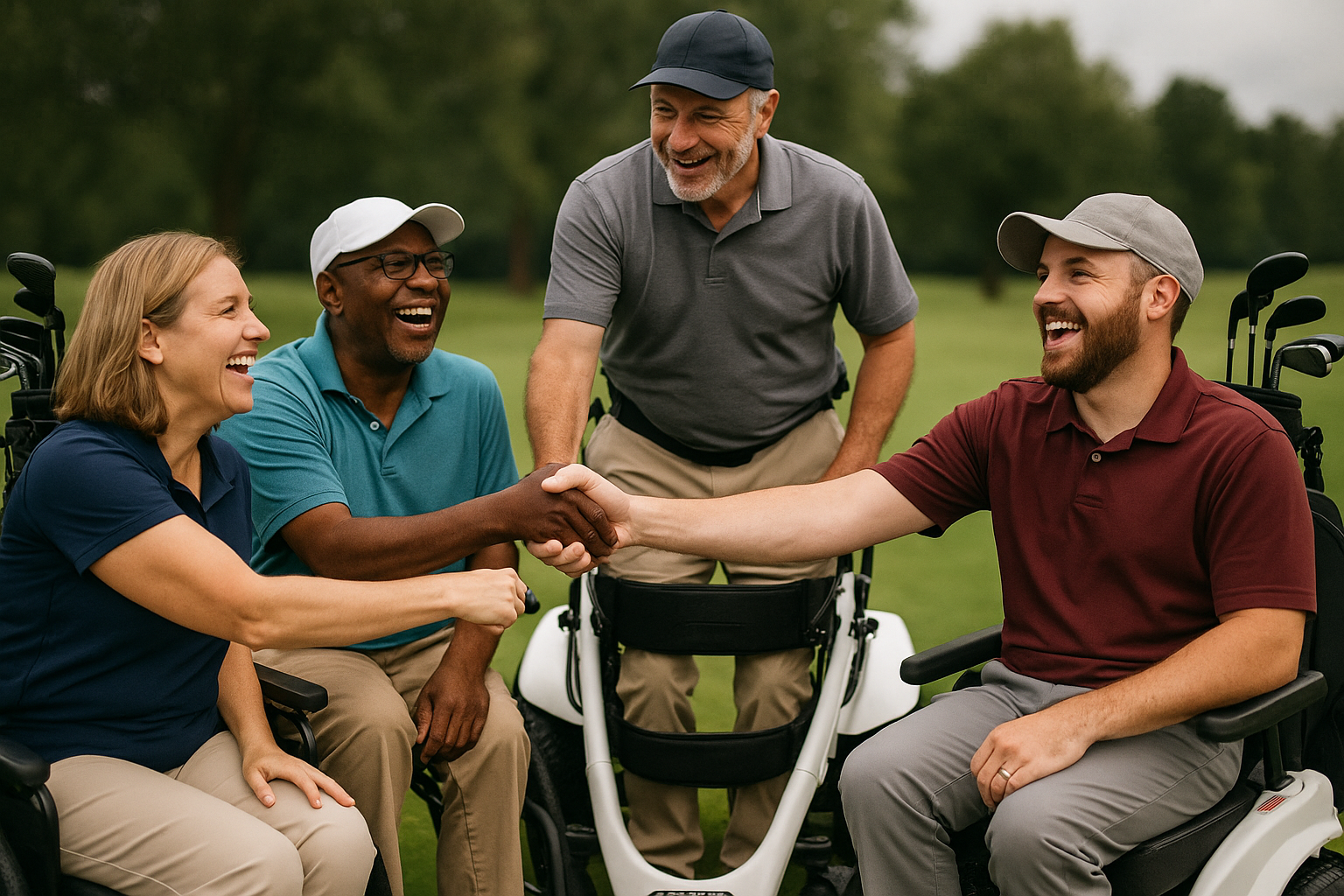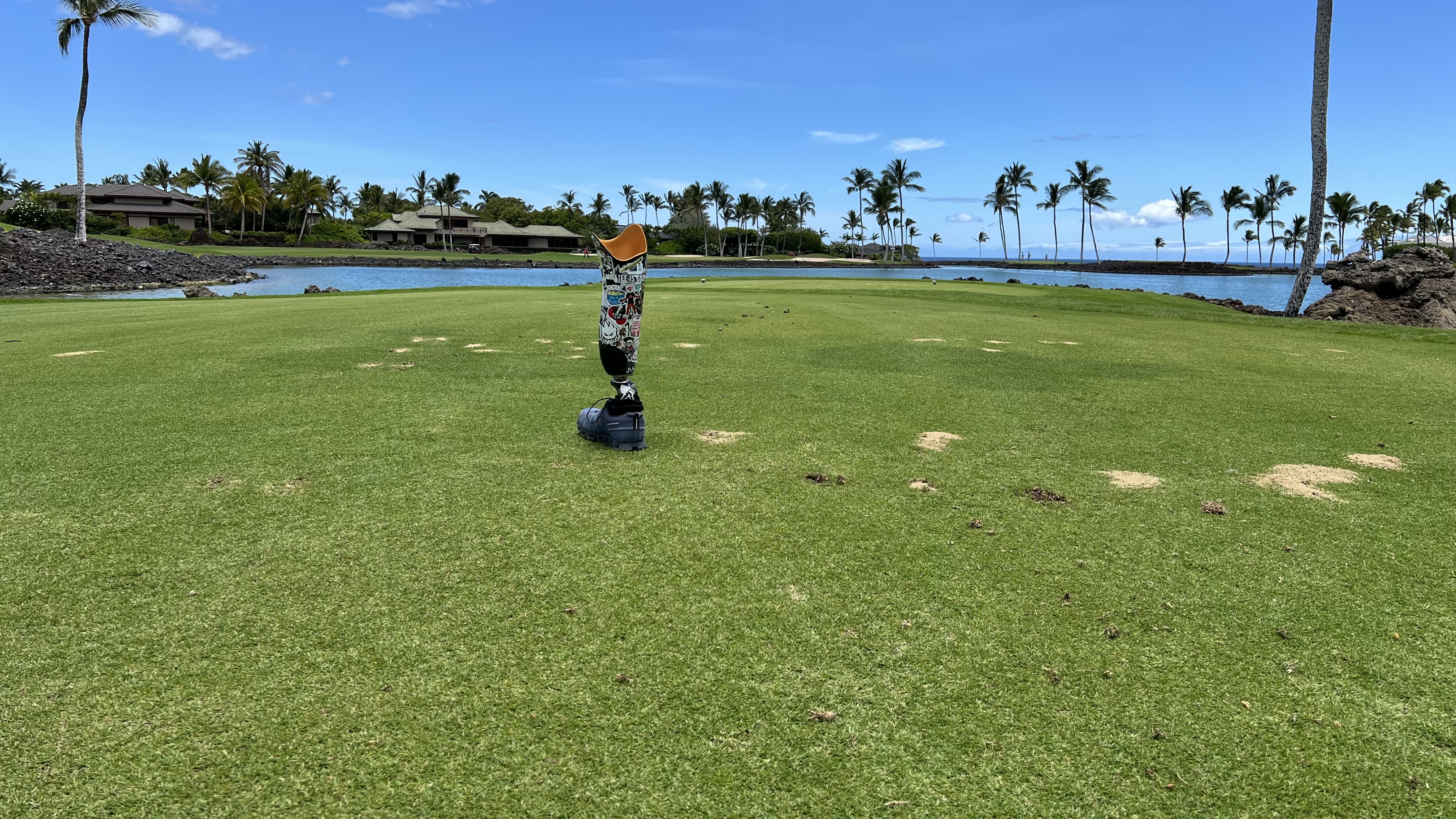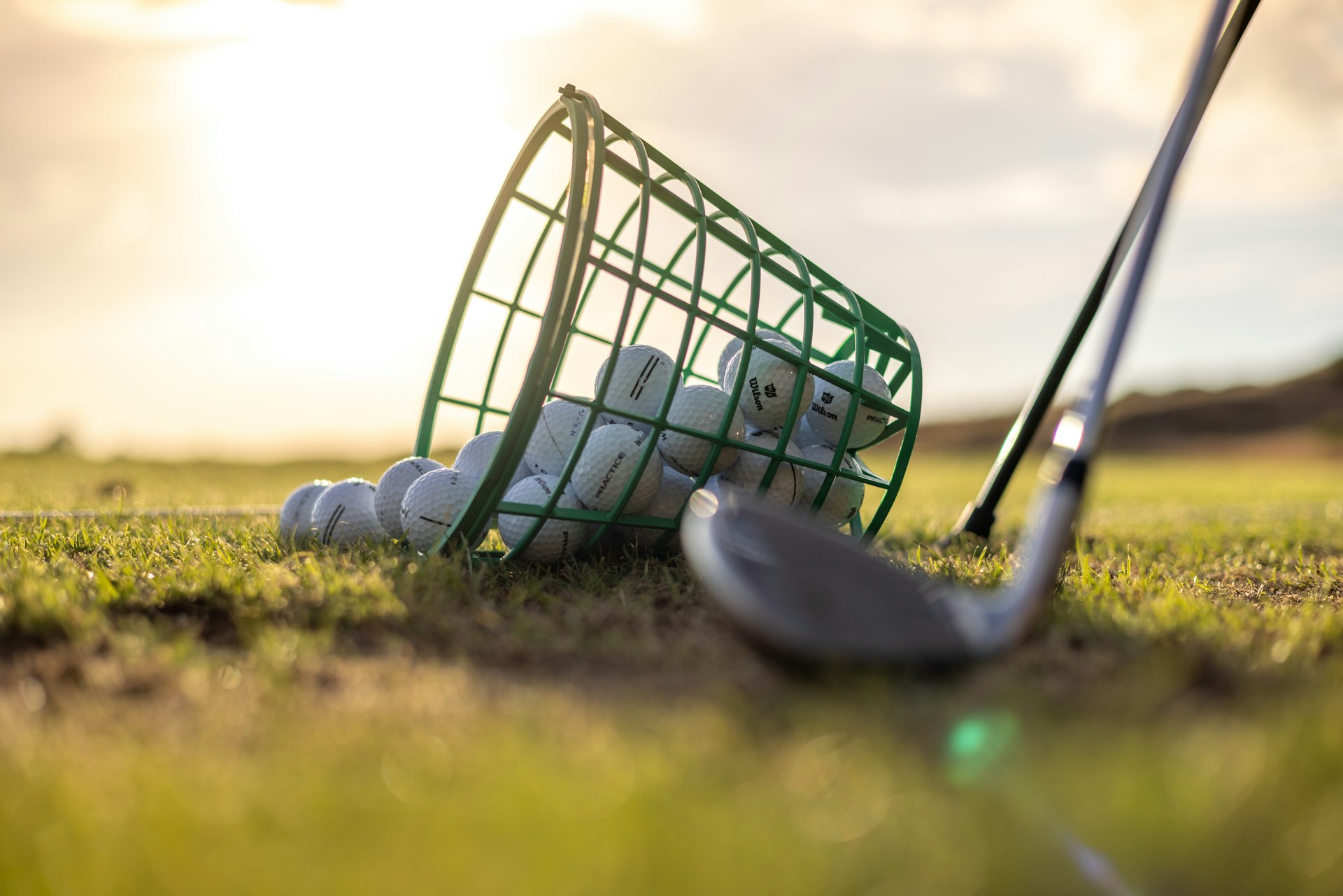More Than a Physical Game: Emotional Challenges in Adaptive Golf

Introduction to Adaptive Golf
What is Adaptive Golf?
Adaptive golf is a modified version of traditional golf, designed to accommodate individuals with physical, cognitive, or sensory impairments. By using specialized equipment, personalized coaching, and tailored course access, adaptive golf opens the fairway to players of all abilities. While it’s easy to recognize the physical accommodations involved, there’s an entire emotional landscape that players navigate—one that’s often overlooked but equally important.
Growth and Recognition of the Sport
Over the past decade, adaptive golf has grown rapidly in popularity and recognition. Organizations like the United States Adaptive Golf Alliance and global events like the G4D Tour have spotlighted the sport. With broader exposure, more people with disabilities are taking up golf not just for fitness or competition, but for emotional growth and healing.
The Physical vs. Emotional Aspects of Adaptive Golf
Common Physical Challenges
Adaptive golfers often face barriers like limited mobility, amputation, neurological conditions, or visual impairments. These challenges are visible and typically the focus of training, media coverage, and support programs. While physical rehabilitation and adaptive technology continue to evolve, they only tell part of the story.
Hidden Emotional Struggles
Beyond the swing, adaptive golfers must deal with emotional pain—feelings of loss, grief, anxiety, and fear. These are often silent burdens. The game can become a metaphor for life’s unpredictability, with every round reminding the player of their resilience, or conversely, their vulnerability.
Psychological Barriers Faced by Adaptive Golfers
Coping with Identity Shifts
Many adaptive golfers are individuals who once played the game before acquiring a disability. Others are new athletes learning golf as part of rehabilitation. In both cases, adjusting to a new identity—no longer being seen as an “able-bodied athlete”—can be profoundly emotional.
Fear of Judgment and Stigma
Adaptive golfers often fear being judged—not just on their performance, but on their physical appearance or method of play. This fear can keep them from participating or fully enjoying the sport. Breaking down stigma within the sport community is a crucial part of emotional support.
Battling Internal Doubts
Self-doubt is common among athletes, but adaptive golfers face a unique version of it. “Am I good enough despite my limitations?” becomes a persistent mental battle. Building confidence takes time, and often requires more emotional work than physical training.
The Role of Resilience in Adaptive Golf
Building Mental Toughness
Resilience isn’t just about bouncing back—it’s about adapting, learning, and pushing forward. Adaptive golfers consistently showcase mental grit. Whether it’s recovering from a bad hole or facing a triggering moment related to their disability, the game becomes a platform for psychological strength.
Stories of Perseverance
Many adaptive golfers have overcome immense odds. From war veterans returning to the course after limb loss to stroke survivors learning to swing one-handed, these stories inspire others and prove that emotional resilience can be a golfer’s strongest club.
Support Systems and Their Impact
Role of Family and Friends
Behind every adaptive golfer is a support system. Families provide emotional encouragement, logistical help, and moral support. A single word of motivation from a loved one can make the difference between giving up and hitting the next shot.
Importance of Coaches and Mentors
Specialized coaches not only teach swing mechanics—they understand the emotional complexity of their players. Great mentors foster not just skill, but also emotional stability and self-belief.
Isolation and Mental Health Concerns
Addressing Depression and Anxiety
Mental health challenges are prevalent among individuals with disabilities, and adaptive golfers are no exception. Golf offers therapeutic relief, but without emotional support systems, players can still feel isolated, even on the course.
Importance of Peer Community
Adaptive golf leagues, clinics, and tournaments serve as emotional lifelines. Being surrounded by peers who understand your challenges provides validation, friendship, and community—a powerful antidote to loneliness.
Dealing with Performance Pressure
Managing Expectations
Like all athletes, adaptive golfers can face intense pressure to perform. But unlike their able-bodied counterparts, they must balance these expectations with physical limitations and emotional recovery. Managing this pressure is key to sustainable participation.
Competing Against Self and Others
The biggest competition often isn’t the player in the next cart—it’s the voice in your own head. Adaptive golf helps reframe success not just as a score, but as personal growth and emotional milestones.
Confidence Building in Adaptive Golf
Celebrating Small Wins
Every milestone matters—whether it’s completing a full round, hitting a clean shot, or simply showing up. Celebrating these moments builds confidence and reinforces emotional well-being.
Goal Setting and Motivation
Clear, achievable goals help adaptive golfers stay motivated. Emotional rewards—like feeling proud or overcoming a mental block—often carry more weight than trophies or medals.
Adaptive Equipment and Emotional Impact
Independence Through Innovation
Adaptive equipment like seated golf carts, one-handed clubs, and visual aids don’t just assist with playing—they restore a sense of independence. This autonomy significantly boosts emotional well-being.
Emotional Connection to Tools
Many adaptive golfers form emotional bonds with their equipment. These tools become symbols of empowerment and resilience, representing not just functionality but freedom.
Navigating Public Perception and Media Representation
Misconceptions in Society
There’s still a widespread misunderstanding that adaptive sports are “less competitive” or “therapeutic hobbies.” Changing this perception helps validate the emotional and athletic dedication of adaptive golfers.
The Power of Positive Storytelling
Media has a crucial role. Sharing real, diverse, and empowering stories of adaptive golfers shifts public attitudes and helps build a culture of respect and admiration.
Role of Golf Organizations and Clubs
Promoting Inclusion and Belonging
Inclusive policies, accessible facilities, and training for staff help create a welcoming space. Golf clubs that foster belonging make a lasting emotional impact on their adaptive members.
Creating Emotionally Safe Spaces
It’s not just about ramps and carts—emotional safety is vital. Clubs that understand emotional fatigue, triggers, and trauma provide a space where adaptive golfers can thrive.
Therapeutic Benefits of Adaptive Golf
Golf as Rehabilitation
Many physical therapy programs now incorporate golf. But beyond rehab, the emotional satisfaction from hitting a clean drive or walking the fairway is immeasurable.
Emotional Healing Through Nature and Sport
Golf combines the therapeutic power of nature with the discipline of sport. The quiet of the course, the fresh air, and the routine all contribute to emotional grounding and healing.
Personal Stories from Adaptive Golfers
Triumphs and Trials
Every adaptive golfer has a story. From initial fears to personal records, these narratives are a testament to emotional evolution and human spirit.
Lessons Learned On and Off the Course
Golf teaches patience, humility, and perseverance. For adaptive players, these lessons carry over into daily life, influencing how they handle relationships, work, and self-esteem.
The Future of Emotional Support in Adaptive Golf
Programs and Initiatives
More organizations are now recognizing the emotional needs of adaptive golfers. Workshops on mental health, mentorship programs, and peer-led support groups are becoming essential components of golf outreach.
Enhancing Emotional Resources
Integrating sports psychologists, emotional literacy training, and wellness initiatives into adaptive golf will shape its future. A holistic approach ensures that emotional challenges are addressed alongside physical ones.
Frequently Asked Questions (FAQs)
1. What is adaptive golf and who can play it?
Adaptive golf is modified for individuals with disabilities. Anyone with physical, cognitive, or sensory limitations can participate using specialized equipment and training.
2. Are emotional challenges common among adaptive golfers?
Yes, emotional struggles such as anxiety, self-doubt, and identity shifts are common and often more complex than physical issues.
3. How can golf help with emotional healing?
Golf promotes focus, routine, and nature exposure. It also fosters community, personal achievement, and resilience—key elements in emotional healing.
4. What kind of support systems benefit adaptive golfers emotionally?
Family, friends, specialized coaches, mentors, and peer communities all provide essential emotional support.
5. Are there organizations focused on emotional well-being in adaptive golf?
Yes. Groups like the US Adaptive Golf Alliance and G4D Tour now integrate mental health awareness and emotional support into their programs.
6. How can society better support adaptive golfers emotionally?
By promoting inclusion, breaking down stigma, and sharing positive stories, we can build a more emotionally supportive environment for all golfers.
Conclusion
Adaptive golf is more than just a game of clubs and swings—it’s a deeply emotional journey. Players not only contend with physical limitations but also face internal battles of identity, self-worth, and societal perception. Through resilience, community, and a love for the game, adaptive golfers show us that strength isn’t just measured in strokes, but in spirit.
Related Resources
Visit the United States Adaptive Golf Alliance to learn more about adaptive golf initiatives and support programs.
Tags:
Chad Comstock
Chad Comstock is a passionate golfer, RBK amputee and contributor to Buddies on the Green, sharing insights and experiences to help fellow golfers improve their game.
Related Articles


The Mental Side of Game Management: Mastering the Space Between Your Ears
